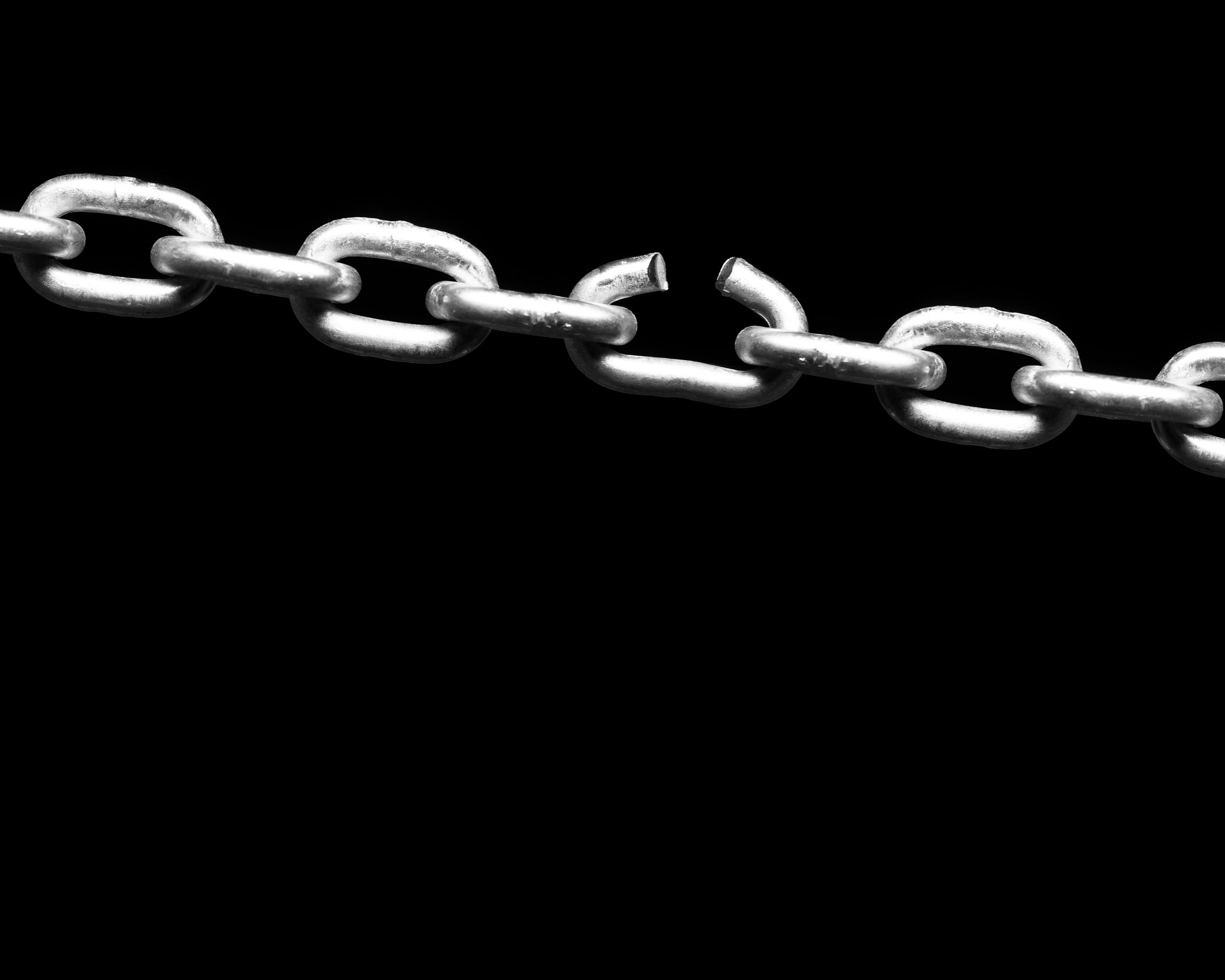
How to break a chain
There's a difference between conventional counselling and what we offer – experiential psychotherapy. When you're dealing with the pervasive effects of trauma and shame, you need a deeper approach because trauma and shame inhabit our brain and body like viruses. If left untreated, these wounds can change how we view and show up in the world. Even worse, they put traps in place; defence mechanisms to block us from healing them. Slowly, if left unchecked, they can become us.

Individual Therapy
Otherside offers a range of services designed to guide you through transformative emotional growth and healing. Explore our services below and take the first step towards a new emotional landscape.
Individual Therapy
Embark on a personalized journey of healing and growth with our individual therapy sessions.
Our experienced therapists work closely with you to address old emotional patterns, foster authentic connections, and equip you with practical tools for lasting change. Together, we'll navigate your emotions, rewrite narratives, and empower you to thrive.
Here are some examples of client concerns, and how we helped:
-
The Symptoms: High anxiety and rumination caused by limited access to intense, conflicting emotions (e.g. being very angry at someone you really love).
The Work: Specify the target, regulate anxiety, isolate core emotions, process core emotions in a series of manageable waves.
The Outcome: “Anxiety is still a part of my life, but it’s not a place where I get trapped anymore.”
-
The Symptoms: Healthy guilt had become toxic shame that was taking the form of severe self-abuse.
The Work: Fought for leverage between the self and the self-critic, externalized the critic, began to understand the self-critic as the internalized abusive voice of a primary caregiver, experienced true self-compassion for the first time in their life.
The Outcome: “My automatic response is no longer ‘I’m a piece of shit.’ I didn’t realize how powerful my self-critic had become. I don’t know if I’m ready to say ‘I love myself’ but I definitely like myself a lot more, and I definitely make better choices because of that.”
-
The Symptoms: Avoidant patterning that stemmed from childhood relational trauma (e.g. neglect).
The Work: Accessing and expressing healthy anger in a safe environment, reconnecting to needs, practicing assertiveness skills to help communicate those needs in present relationships.
The Outcome: “I can now express how I’m feeling to my partner in a way that doesn’t overwhelm me. I don’t wait for her to read my mind.”
-
The Symptoms: In an attempt to numb out one difficult emotion (sadness), they had numbed out all emotions (even joy).
The Work: Emotion psycho-education, addressing the protective function and the cost of numbing out, restoring energy by safely accessing the least overwhelming emotion and building towards the healthy processing of grief.
The Outcome: “I am no longer afraid to feel and I have way more energy now that I’m not spending it all stuffing my feelings down.”

Pre-Therapy Course
Much like the way you track your workouts, here's a question to ponder: do you find yourself in need of therapy, or could a few easily measurable milestones be the answer you seek?
Embrace the concept of 16-week cycles—let's work together to help you achieve the results you desire.
Are you wondering if you're stuck in this situation indefinitely?
Our seamless process ensures that you'll be connected with a qualified therapist who can provide the support and guidance you need.
Here are some questions people have before starting therapy:
-
That’s why we work relationally. Just like a personal trainer “spots” you as you lift, we are here to track and support you in tough spots. If your goal is to better connect to your emotions, part of that goal will involve emotional regulation – breaking down big bundles of emotion into supported “sets” with a beginning, middle, and end. You will not be pressured to feel all your feelings, all at once.
-
Both are important. The best decisions are usually made when logic and emotion are in balance. However, most people tend to overthink and under-feel. We help people recalibrate so that they can tune into their emotions safely and use all their internal data – thoughts and feelings – to make informed life decisions.
-
It is different for everyone. In the outcome research we’re involved with, lasting change for emotional patterns such as anxiety, depression, and low self esteem has been shown to happen between 12 and 16 sessions. While change can never be perfectly predicted, you can book a free consultation call to hear how we would work with your particular goals.
-
Our aim is never to keep people in therapy. While we always welcome people to return for tuneups, or when new life challenges arise, our main focus is getting people unstuck as soon as possible, which requires a readiness from both client and therapist. In many cases, people come to therapy in “blocks” – a chunk of sessions related to a specific goal – then take a break.

